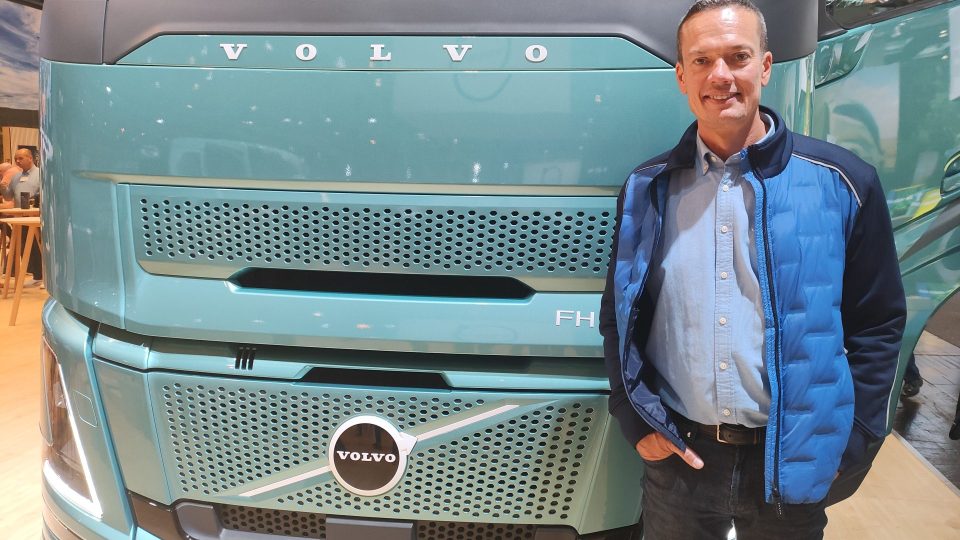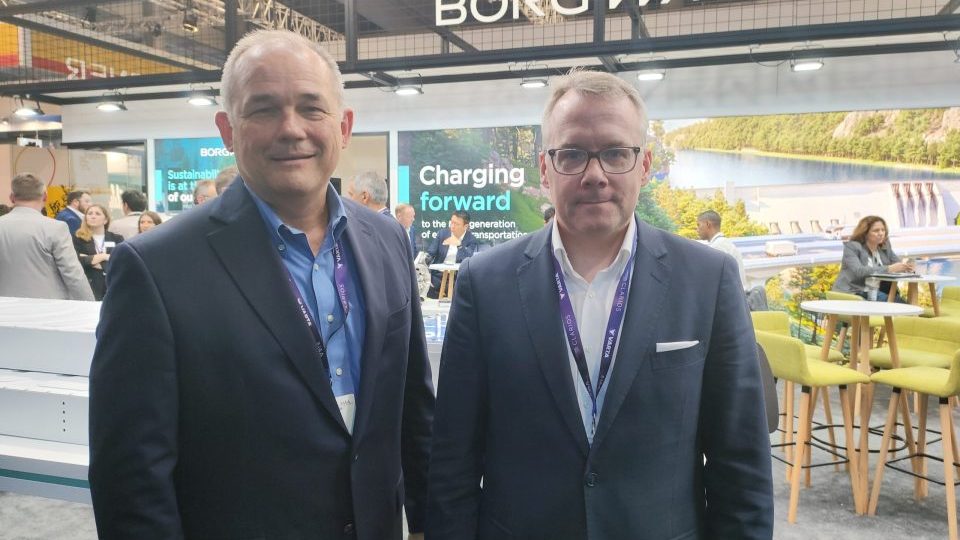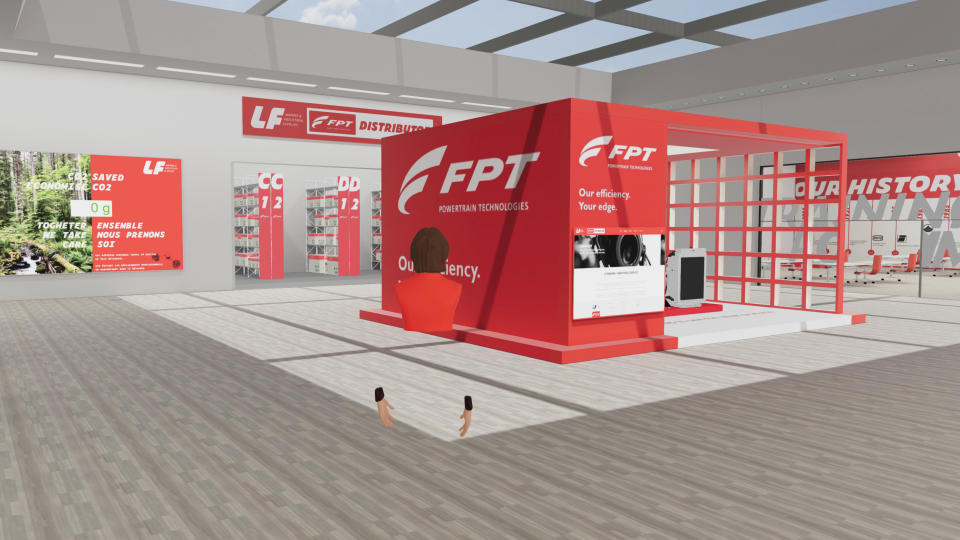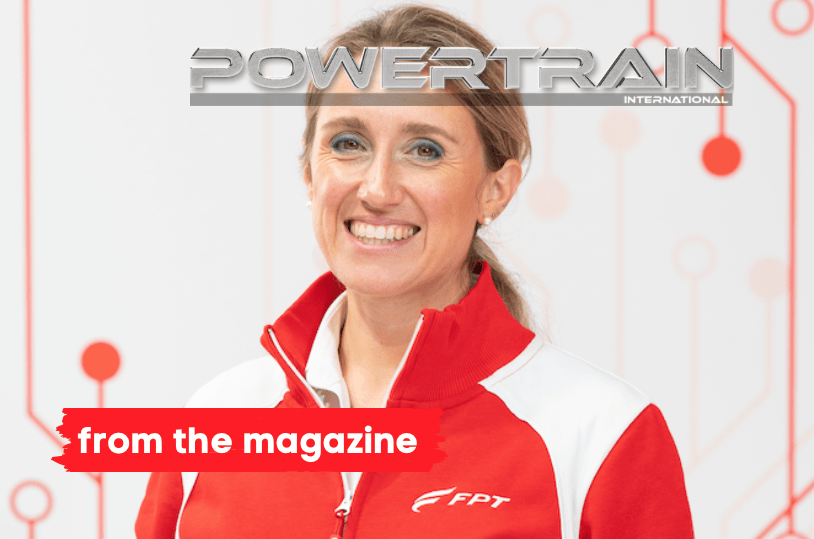Danfoss: on the launch pad
Size and weight are the coordinates that drive the focus of OEMs, according to Ryan Rizor, American Sales Leader at Danfoss Editron. The Danish company has pushed for downsizing, as far as electrification components are concerned. The result is a comforting picture of the off-road application of electrics
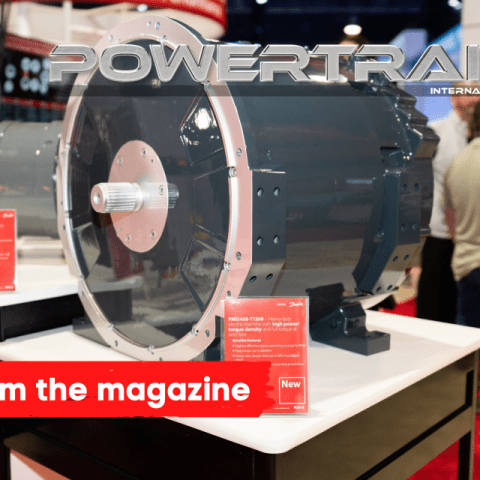
The “domestic” synergies with Editron and the embedded expertise of Eaton Hydraulics also accredit Danfoss as a leading player in the decarbonisation scenario. Ryan Rizor, American Sales Leader of Danfoss Editron, introduces us to the electrification approach of the American market.
He emphasises the pedigree background between the electrical infrastructure: “I have an electrical infrastructure background, I’ve always wanted to electrify everything because the system performance and efficiency are so much higher. My perception on the American market is that small and medium size OEMs are finding creative ways to use electrification solutions to solve big problems, so they’re partially electrifying their machine to reduce operating costs, to reduce lost production time due to unplanned maintenance or even planned maintenance. In some cases, they electrify to reduce emissions and fuel consumption: we have some customers that use machines that burn 50/70 liters of diesel per hour and if they can reduce that by 10, 15 or 25% then they can more than pay for electrifying that function, so they’ll take not the entire machine (they may not electrify an entire machine, but a subsystem or different systems of that machine). They’ll often downsize the diesel engine and they will pick two or three of those critical work functions where they can benefit from the improved efficiency of electric system and they can operate that engine at a more consistent location on the efficiency curve. In the larger OEMs I personally am not seeing lot of activity in the immediate term (they are looking to introduce machines at volume really beginning 2026, 2027, 2028 or later), kind of in anticipation of emerging regulations and mandates (adoption rate and timeline are not clear to large OEMs at high volumes), but what we see significant volume today is customers with a value created today that significantly exceeds the cost of what it takes, because of course a partially electrified machine or an electrified machine will cost more than a traditional diesel hydraulic machine, but we see in several applications where the value created and the total cost of ownership impact is so high in many cases, the investment is paid for in one year or less.”

What’s the contribution of Danfoss in these specific environments?
“The majority of the systems that we’re seeing do not have batteries, this is a common misconception that electrified machine must have batteries, but batteries are expensive and the bigger the machine the less practical it is to have batteries to perform the functions for the duration of the shift in the case of a full electric (battery electric with no diesel engine). In the world I come from, electrical infrastructure, the bigger the machine the more difficult the challenge of trying to recharge those batteries (for large machines to be fully electric (battery with no engine), there are serious electrical infrastructure challenges with recharging those machines). We are helping the OEMs find ways to modify machine design and system design to electrify a portion of machine where that value is created, so it’s not common that a customer takes a diesel hydraulic machine and goes 100% electric immediately, there are so many impracticalities that are going to take a very long time to work out.”
So, what are the options on the table about electrification?
“The OEMs want products that require less space, have less weight, so our products right here are dramatically smaller than traditional electrical products. They care about weight and size, they care about performance and we’re helping them understand the application requirements of the machine so that after you electrify some portion of that machine, the machine still has to do the job, it still has to meet the requirements of its purpose.”
What product coming next in terms of electrification?
“I forgot to mention one thing that’s super important to our customers. If you’re trying to save fuel and reduce fuel consumption to save money, operating cost or even if you do have batteries, efficiency is so important, so we have a very powerful portfolio for mobile equipment and the high voltage applications. This solution is suitable for applications where you’re pulling, applications where you’re connecting like a work function directly to the motorshaft like a drilling or pulling. We see a lot of them using our electric machine as a generator that you can operate that engine at that peak torque range, we have highest efficiency and then have a hydraulic system for all the work function.”
Excluding the material handling and the earthmoving, in your opinion what are the most mature applications to implement on the construction sites?
“I’d say lifting is one in the Americas, not so much on wheel loaders or excavators. My perception is in Europe there’s a lot of regulation requiring those machines, we do not see generally those types of regulations. We see the smaller and medium size OEMs and in particular where they’re served by a value-add distributor, there’s a lot more agility, they’re much nimbler, they can move fast, they can make changes and they can go to market, and they can respond to the marketing departments much faster. Another application is power generation: we obviously don’t make the combustion engine, it could be fuel cell, could be diesel, could be gasoline, could be something else. For example, this machine right here is very commonly used in that application, it’s our PMI 540 and typically a T3000 or T4000 (rated for 3000 or 4000 Nm of continuous torque), that machine is coupled to that engine and then we, with our power electronics create a DC power distribution system. Sometimes the work can be completely executed, sometimes it’s been rectified or inverted to AC to perform to support different types of loads with the ability to take a compact power generation station with an engine and a lightweight compact motor, lightweight compact drives that can be put into the desert or into northern Canada extreme environments without having to worry about there’s no HVAC technician for six hours if the air conditioner falls. This is designed to be mobile so that’s an emerging application using both of these products.”
At the Bauma Munich a lot of companies proposed power generation powered by hydrogen. Is it probably the best option available right now?
“If you are going to truly have an electrified worksite, and I can only speak to my experience in the Americas, it is often not practical to have electric utility provide power for the worksite because the duty cycle that the inconsistency of the load on the electrical grid is one problem, another problem is the time it takes and potentially the cost it takes in certain markets. Very high demand charges can be incredibly expensive to power your electric site, for example in New York City, super expensive in Boston if you don’t have a consistent load, so to plug a bunch of construction equipment into the grid and then go from 0 MW to 4 MW it’s going to be cost-prohibitive. I’d love to watch the utility grid but I don’t think it’s practical (I’d love to see the grid power work sites but I don’t think it will be practical in the near to midterm). The benefit of hydrogen is if the objective is to not have greenhouse gas emissions or to reduce the NOx, then having hydrogen refuelling comes to achieve that goal, but now how do you create the hydrogen? How do you transport it? Where do you put (store) it? Historically I’ve been a little bit pessimistic on hydrogen, but I do think we will see it becoming part of the solution in certain applications.”
What role can Danfoss play in the smart grid game?
“The legacy players in the electrical infrastructure space have been working on smart grid technologies for decades and there’s been an evolution and it will continue. I think there’s a big barrier to entry for somebody who’s not in the smart grid space to try to enter that space. If mobile/construction equipment become grid connected sometime in the future at some scale, it would be possible for collaboration between the OEM and the utilities (through IEEE and other standards), for integrating and supporting load management. That’s a great question, somebody should work on that!”
TO READ THE FULL ARTICLE CLICK HERE OR DOWNLOAD THE PDF




